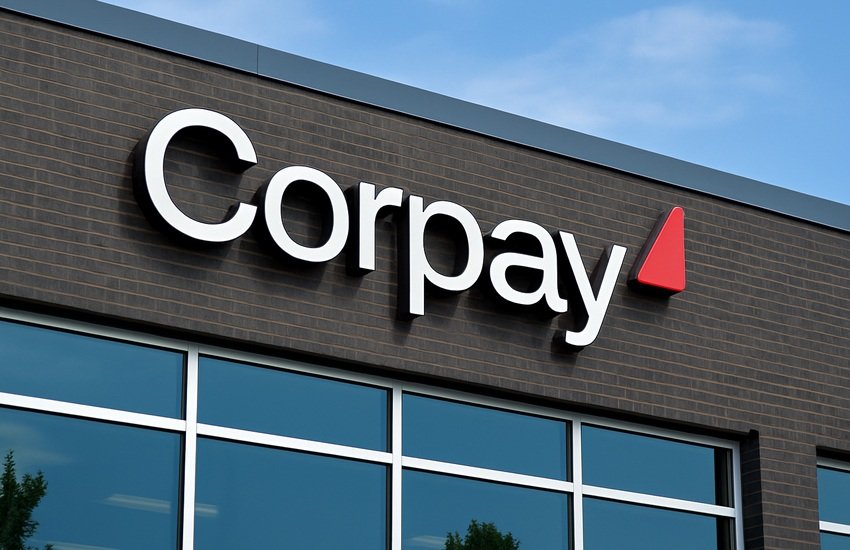Continue Reading With Our 7-Day Free Trial
LVMH Eyes Exit From Marc Jacobs: What’s Driving The $1 Billion Divestiture?
Luxury conglomerate LVMH Moët Hennessy Louis Vuitton is reportedly in advanced talks to sell off its Marc Jacobs fashion brand in a potential deal that could fetch around $1 billion. According to sources familiar with the matter, LVMH has been in discussions with multiple suitors, including Authentic Brands Group (owner of Reebok), Bluestar Alliance (Brookstone), and WHP Global (Vera Wang). While no agreement has been finalized, the move would mark another strategic divestment for LVMH, which has a history of shedding assets that no longer align with its core growth strategy. The potential sale comes amid LVMH’s efforts to streamline operations and protect margins in an increasingly challenging macroeconomic environment characterized by softening demand in Asia and volatile tourist flows. In line with its sharpened focus on high-margin, prestige-driven maisons like Louis Vuitton and Dior, LVMH’s potential exit from Marc Jacobs signals a deliberate move to refine its brand architecture and concentrate firepower where luxury where returns are most accretive.
Marc Jacobs No Longer Aligns With LVMH’s Brand Elevation Strategy
LVMH has consistently emphasized brand elevation as a cornerstone of its strategic roadmap, particularly within the Fashion & Leather Goods segment. High-performing labels such as Louis Vuitton, Christian Dior, and Celine are anchored around exclusivity, craftsmanship, and aspirational pricing tiers. In contrast, Marc Jacobs has struggled to maintain a coherent luxury identity over the years, often oscillating between contemporary and mass-market positioning. This lack of consistent premium branding diminishes its synergy with LVMH’s core fashion portfolio, which is increasingly focused on capturing upper-income consumers and maintaining pricing power. The group has doubled down on this approach with successful high-jewelry and beauty category expansions for Dior and Vuitton, alongside curated product reductions to drive desirability. Selling Marc Jacobs would allow LVMH to reallocate creative, operational, and marketing resources toward maisons that align more directly with this high-margin, luxury-first vision. Additionally, as LVMH launches new categories like “La Beauté Louis Vuitton,” maintaining only those brands that reinforce the group’s top-tier perception becomes increasingly critical.
Underperformance & Margin Drag Amid Broader Group Pressures
LVMH’s H1 2025 results reflected broad-based softness, with group revenue falling 3% organically and Fashion & Leather Goods revenue dropping 7% year-on-year. The segment’s EBIT margin, while still robust at 34.7%, was down from the prior year, weighed by gross margin deleveraging and underutilized capacity. Within this backdrop, non-core or underperforming brands like Marc Jacobs add incremental pressure on group-wide profitability and capital efficiency. Unlike core maisons that can sustain investments during downturns, Marc Jacobs may not generate the sales density or brand loyalty to justify continued inclusion under the LVMH umbrella. Despite LVMH’s efforts to revive the brand through product range rationalization, the benefits have not materialized in any meaningful financial turnaround. Exiting Marc Jacobs could remove a low-yielding asset from the balance sheet and free up both managerial bandwidth and P&L room to safeguard EBIT margins, especially as macro conditions in Asia and tourist flows remain volatile.
Greater Operational Focus On Brands With High Global Scalability
Operational complexity and brand management are crucial considerations for a conglomerate the size of LVMH, which currently oversees more than 80 maisons. Each brand demands resources across design, manufacturing, retail footprint, marketing, and digital commerce. With global scalability being a key success metric, brands that cannot expand profitably across geographies or capture regional synergies tend to dilute overall efficiency. Marc Jacobs has faced hurdles in achieving sustained international scale, particularly when compared to the likes of Loewe, Fendi, or Celine. In contrast, newer initiatives such as Sephora’s global expansion and Rimowa’s elevated retail network demonstrate LVMH’s preference for scalable assets with measurable ROI. By divesting Marc Jacobs, LVMH would be reducing operational bloat and reinforcing its leaner, high-performance brand architecture. This move also aligns with CFO Cécile Cabanis’ comments on driving long-term structural efficiency and redeploying capital toward projects with enduring growth potential.
Historical Precedent & Philosophy Of Dynamic Portfolio Optimization
Although LVMH is widely perceived as an aggressive acquirer, its historical actions show a willingness to exit brands that no longer align with its evolving strategy. The group sold Donna Karan and DKNY for $650 million in 2016 and later exited stakes in Stella McCartney and Off-White. In the recent Q2 2025 earnings call, Cabanis reiterated this stance, stating, “We will not keep brands if we believe they are not a good add-on, or we are not the right operator to operate them.” This signals a clear intention to remain agile and opportunistic in managing its brand ecosystem. With LVMH’s LTM EV/EBITDA multiple hovering around 13.2x and EV/EBIT at 15.4x, a $1 billion sale of Marc Jacobs—likely valued at a premium due to its brand equity—could deliver capital to reinvest in higher-ROI initiatives. Furthermore, the transaction could offer a positive optical signal to investors that LVMH is taking proactive steps to focus on core assets while pruning less synergistic brands. The divestiture would thus be a continuation, rather than a deviation, from the group’s established playbook.
Key Takeaways
Amid intensifying pressure to optimize performance across its sprawling portfolio, LVMH is weighing a potential divestiture of Marc Jacobs; a move that could underscore its commitment to brand focus, capital discipline, and luxury market leadership. While Marc Jacobs holds legacy value and strong brand recall, it no longer aligns with the group’s high-luxury trajectory, nor does it contribute meaningfully to margin accretion or global scalability. LVMH’s track record of pruning non-core assets and its disciplined capital allocation philosophy suggest that a sale—if executed near the reported $1 billion valuation—could represent a logical pivot. However, any divestiture comes with opportunity costs, including the forfeiture of future turnaround potential. From a valuation standpoint, Marc Jacobs is likely to command a mid-teens EBITDA multiple, in line with historical fashion sector comps and LVMH’s own trading multiples, which currently stand at 10.86x NTM EBITDA and 15.45x NTM EBIT. Ultimately, the decision to sell Marc Jacobs would not only streamline LVMH’s operations but also reinforce its commitment to value-driven brand stewardship and long-term shareholder return.





